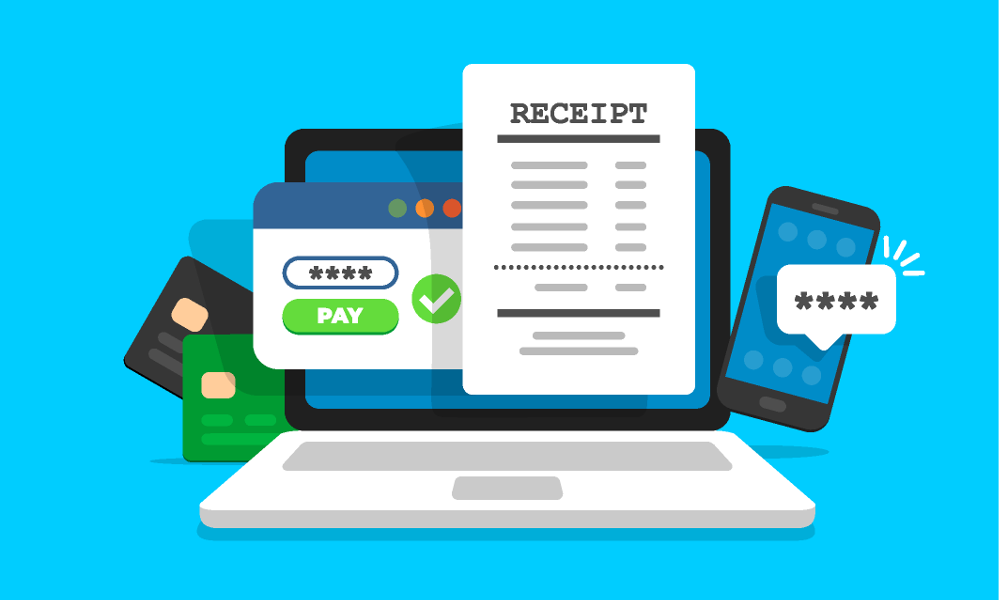Put Effective Credit Control Systems in Your Business
Posted 5 years ago by Tracy

How to Implement an Effective Credit Management System in Your Business
Good credit management is essential for any business. Although it’s not particularly glamorous, you need to know that your customers will ultimately pay you for the products or services you provide.
It’s not unusual for businesses to offer extended payment terms to customers, and this trend isn’t likely to slow down anytime soon. So, with that in mind, what can businesses do to make sure that they keep their customers happy, while also ensuring they get paid?
Know your limits
First things first, before you offer credit terms to any clients, you need to know what you can afford to offer. Cash strapped businesses are not likely to be in a position to offer extended credit, while those with healthy cash flow may be able to offer more generous terms.
Accept that some customers are riskier than others
In the ideal world, every customer would settle an invoice immediately upon receipt, and the need for credit terms wouldn’t exist. However, in reality, some customers just take longer to pay invoices than others. This can be for a number of reasons, both within and outside that person’s or organisation’s control.
Regardless of why there is a risk of late (or even non) payment, businesses need to be aware of such risks and act accordingly. For example, if little is known about a new client, it might make sense to offer them shorter credit terms compared to a client that you’ve worked with for many years who has always paid your business on time.
Keep track of your credit terms
The credit terms given to a client might also need to change as time passes. The way of knowing whether such changes should be implemented is by conducting regular reviews of your credit position.
Again, using some examples, if you have given a client tight credit terms, but they’ve always paid their invoices on time, you might want to consider extending credit terms if they are requested.
In the same vein, a client that struggles to settle their invoices on time should probably be given shorter payment deadlines to encourage prompt payment.
Be proactive
Part of a good credit management strategy is actively following up with customers who have outstanding payments. After all, a client might have just forgotten about your invoice, so a timely reminder can be just the memory jog they need to settle any amounts due.
When you issue an invoice, make sure that you set a deadline for when a friendly follow up should be sent – one week can often work well. Some accounting software (like AccountsPortal) also automates this process for you, saving you time on debt collection. Make it easy for clients to pay
Finally, and perhaps the most important part of any credit control policy, is making sure that clients can pay your invoice quickly and easily.
This can be achieved by issuing online invoices that include a variety of ways to pay, for example, PayPal, Stripe, or allowing payments from debit or credit cards. Find out more about how to get paid faster through online invoicing.
See how AccountsPortal can help your business’ invoicing and credit management needs, with a 30-day free trial.
Further Reading
The Benefits of Outsourcing Some Accounting Tasks
2024 Spring Budget: What does it mean for small businesses?
A Guide to Sick Pay for the Self-employed or Company Directors